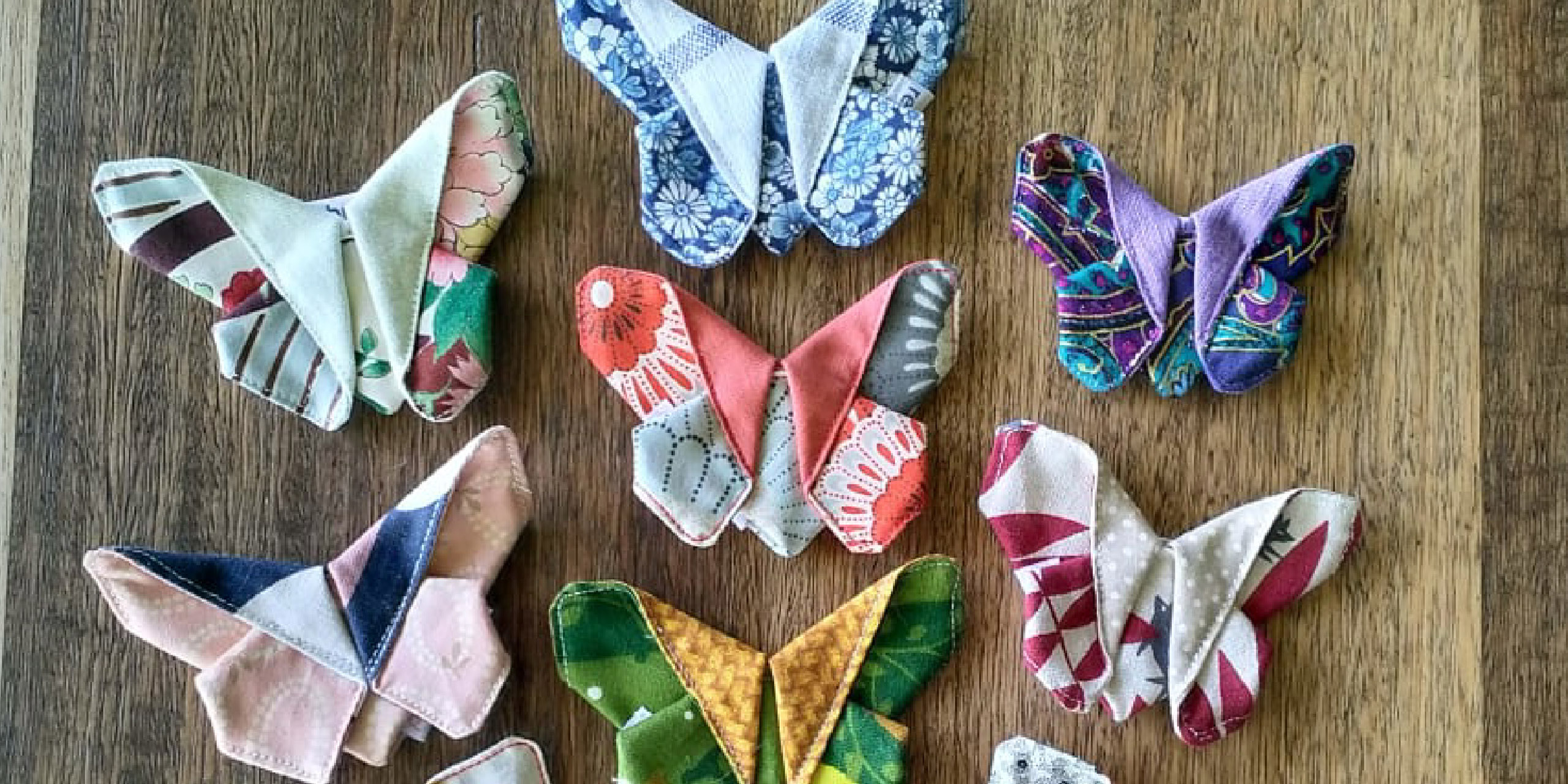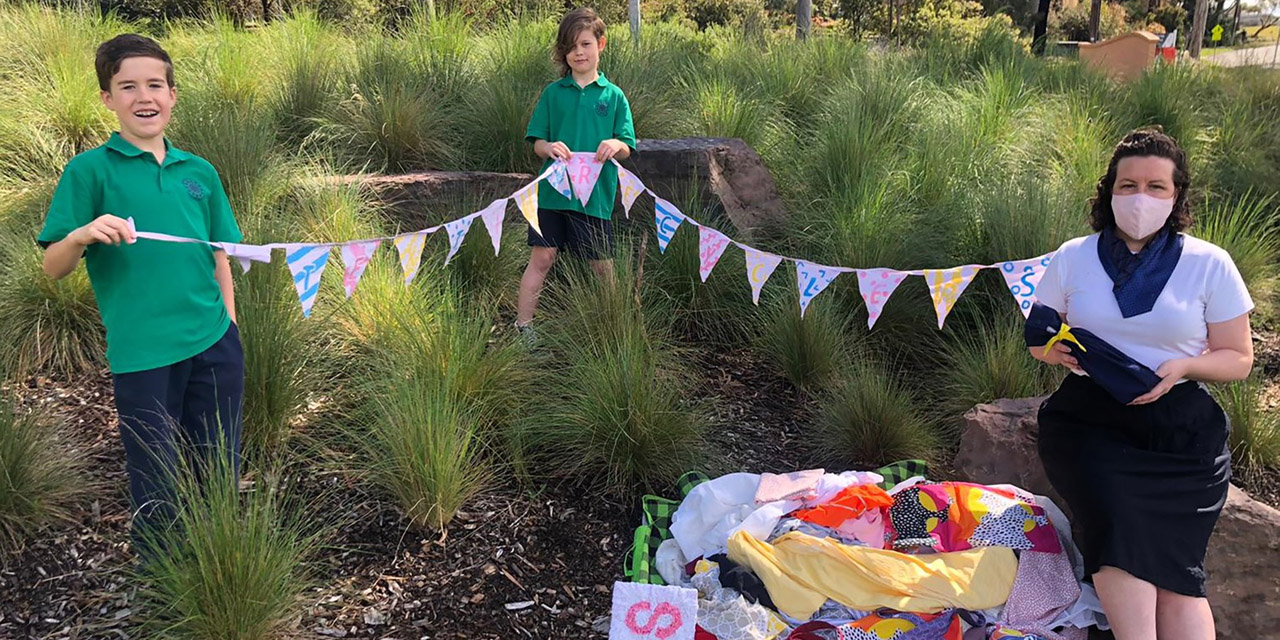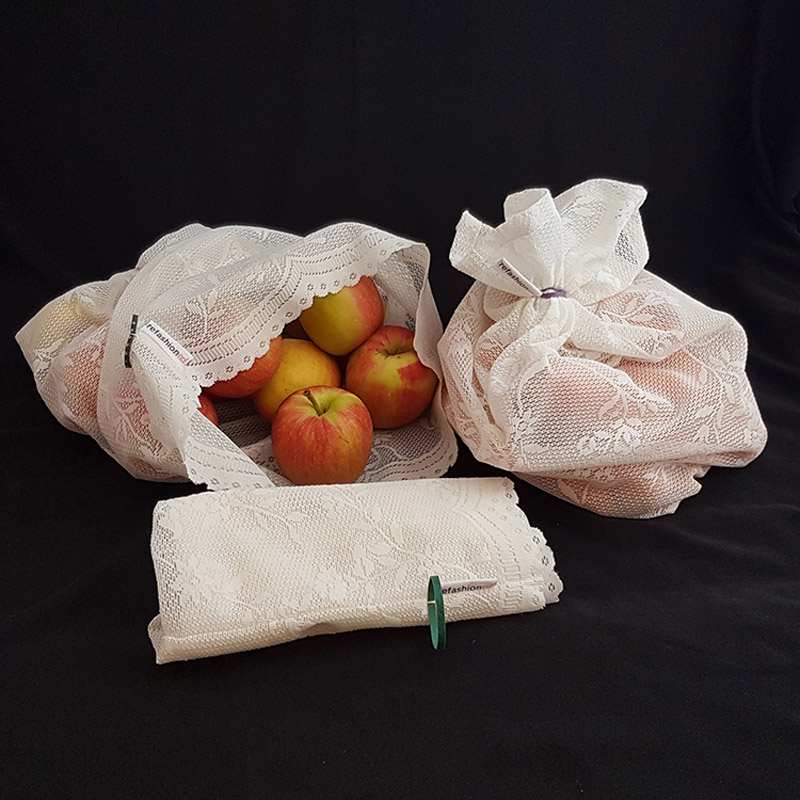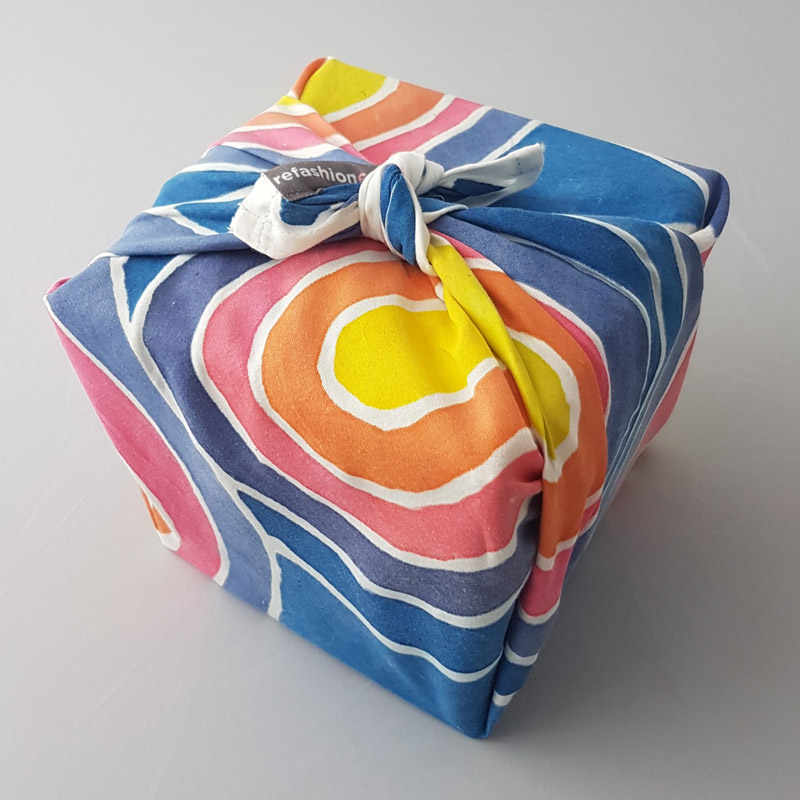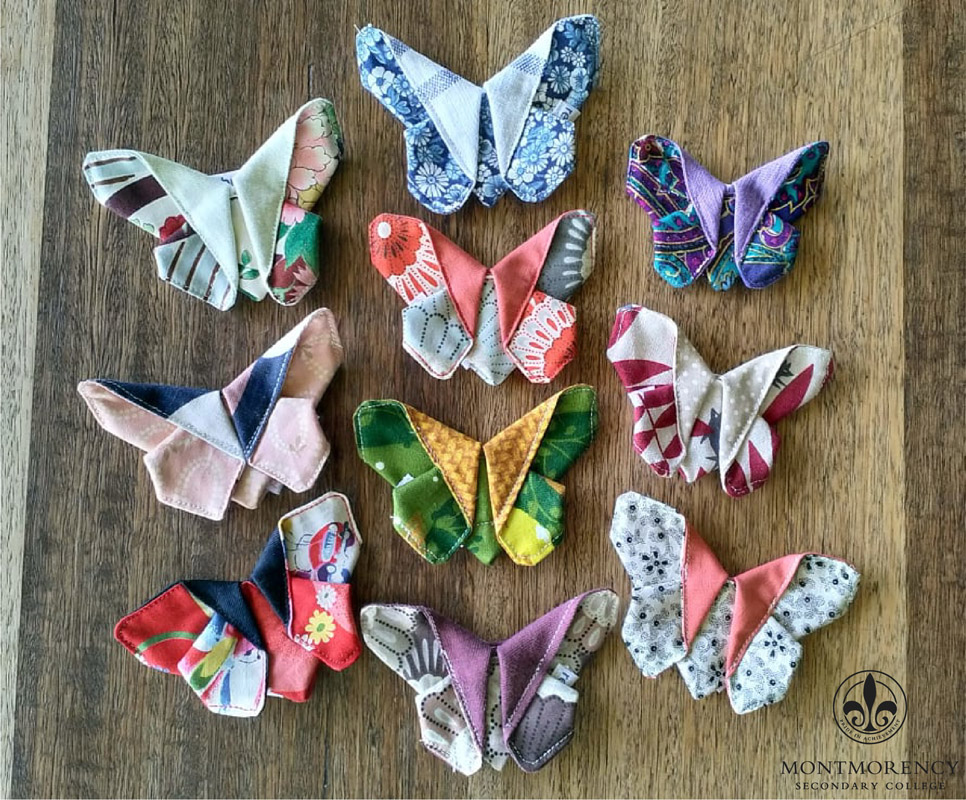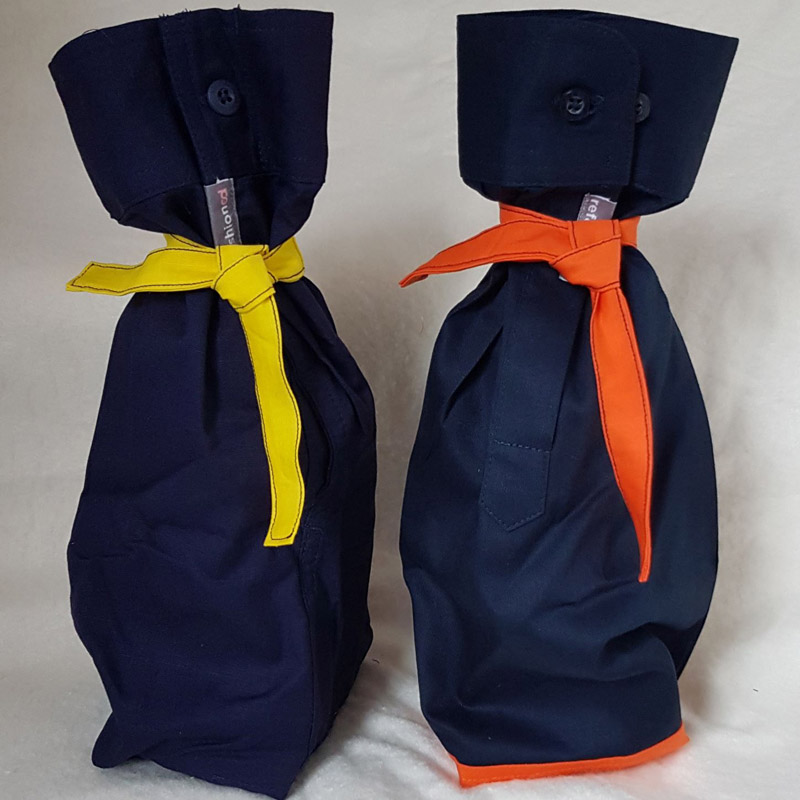We first needed to
- Identify the members of the community that are more likely to adopt and action change
- Identify matters other than textile waste that resonates or affects early changemakers
- Educate early changemakers about fast fashion and clothing's true value
- Inspire early changemakers to create awareness and action within the community
- Reduce textile waste
We identified that students are great early adopters as they have a habit of taking what they learn at school, sharing it with their parents, and making changes within their home. Parents, family, and friends generally always get behind children's education and passions.
Schools are always fundraising, whether it's for the school or for a charity that they adopt. Fundraisers are not always sustainable or very innovative and schools find there is more engagement when the students are involved in the fundraising efforts.
We know the best way to understand a problem and create change is to experience it. Therefore we developed a program where we first educate the students about fast fashion and textile waste.
We then facilitate the students to identify products that their community uses or needs which could be made from textile waste as well as identifying key times when these items can be sold. We work with the students to develop prototypes and organise the textile waste needed. We engage the support of volunteer sewers to keep costs down so that the product's price points are viable and fundraising efforts are maximised.
We conducted pre-evaluations and found that many students didn't understand fast fashion the connection to textile waste and often didn't buy secondhand or repair their clothing. However, in our post-evaluations, we found that students were more informed and indicated they would be more willing to purchase secondhand and repair or repurpose their clothing.

